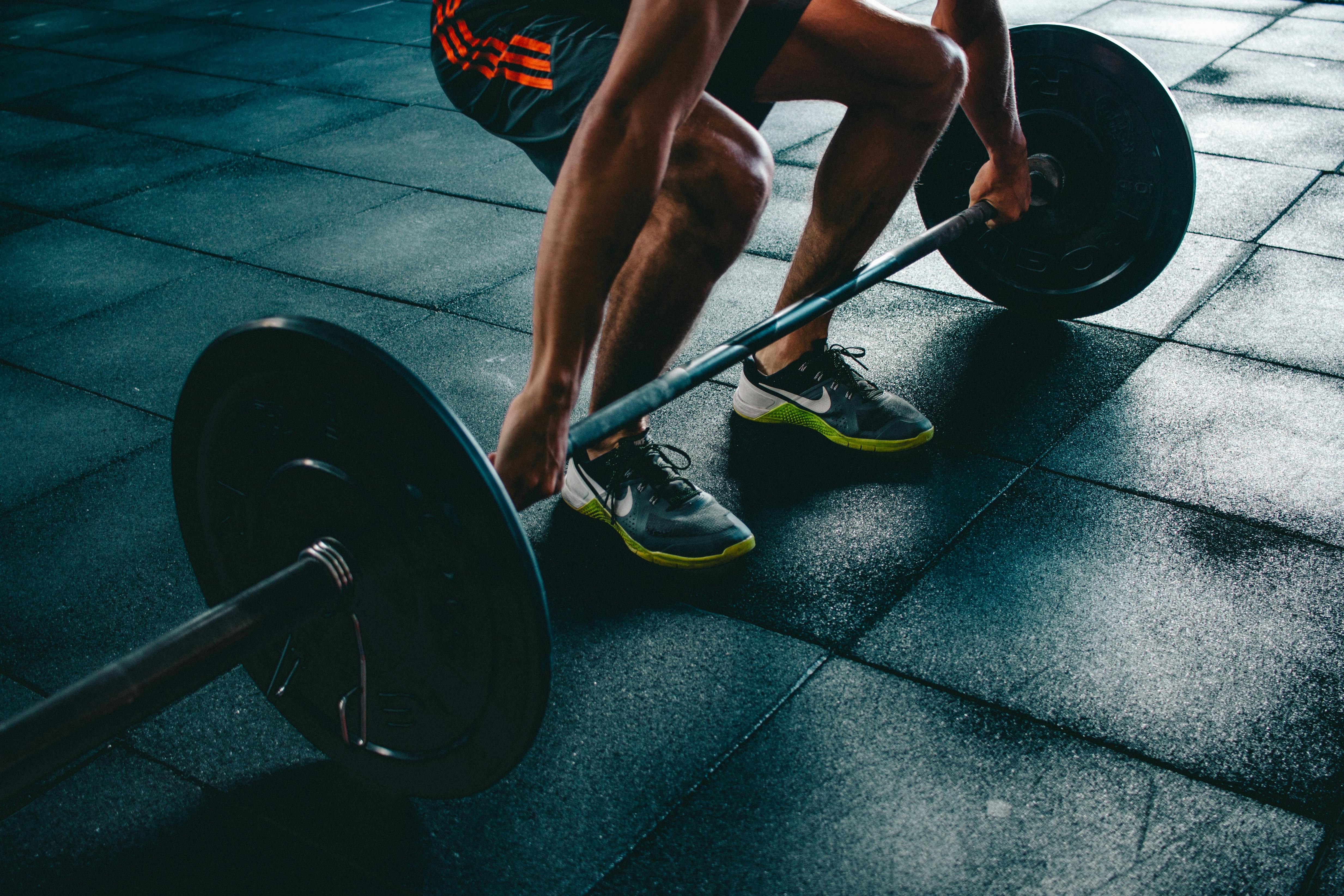
Depression can feel like an uphill battle you never signed up for. Often, movement can seem like the last thing that would help you feel better. However, numerous studies have shown the positive effects of exercise on mental health. It has even been suggested that exercise could be considered a “core treatment” for depression.

What is the link between exercise and depression?
Exercise has long been known to have numerous benefits for our physical health, but what about our mental well-being?
Several explanations have been proposed for how exercise improves mental health, but the exact mechanisms are not fully understood. It has been suggested that exercise increases the brain’s production of endorphins, which are known as “feel-good” chemicals.
Other neurotransmitters, such as serotonin and dopamine, which regulate mood, are also released during exercise. Physical activity can also provide a mental escape from negative thoughts and emotions.

So, what’s the best exercise for mental health?
A recent study published in the British Medical Journal reviewed 218 randomized controlled trials and concluded that walking or running, strength training, and yoga were the top three forms of exercise found to combat depression. Also effective in improving mental well-being were strength training, mixed aerobic exercise, and Tai Chi.
It’s interesting to note the study found that exercise works regardless of the severity of other health conditions or depression. Therefore, regardless of your current health, incorporating exercise into your daily routine can help you feel better mentally. Assuming you can exercise safely.
Furthermore, the study found that exercise works better the more intense it is. This suggests that engaging in activities that elevate your heart rate and challenge your body may have greater benefits for your mental health.
Incorporating these exercises into your daily routine may seem challenging at first, but there are several strategies you can adopt to make it easier. First, start by setting realistic goals and gradually increasing the duration and intensity of your workouts over time.
To make exercise a seamless part of your daily routine, try incorporating it into activities you already enjoy. For example, you can walk or jog to work instead of driving, take the stairs instead of the elevator, or incorporate strength training exercises into your lunch break. You can also consider finding an exercise buddy or joining a running or hiking group to increase your motivation and accountability.

Connecting the dots between exercise and mental health
Exercise is not just about physical fitness; it has a profound impact on our mental well-being as well. Engaging in regular physical activity releases endorphins, our body’s natural feel-good chemicals, which can help boost our mood and reduce symptoms of depression.
So, whether you prefer going for a brisk walk, hitting the pavement for a run, or finding your zen through yoga, incorporating these activities into your routine can have a positive impact on your mental health.



